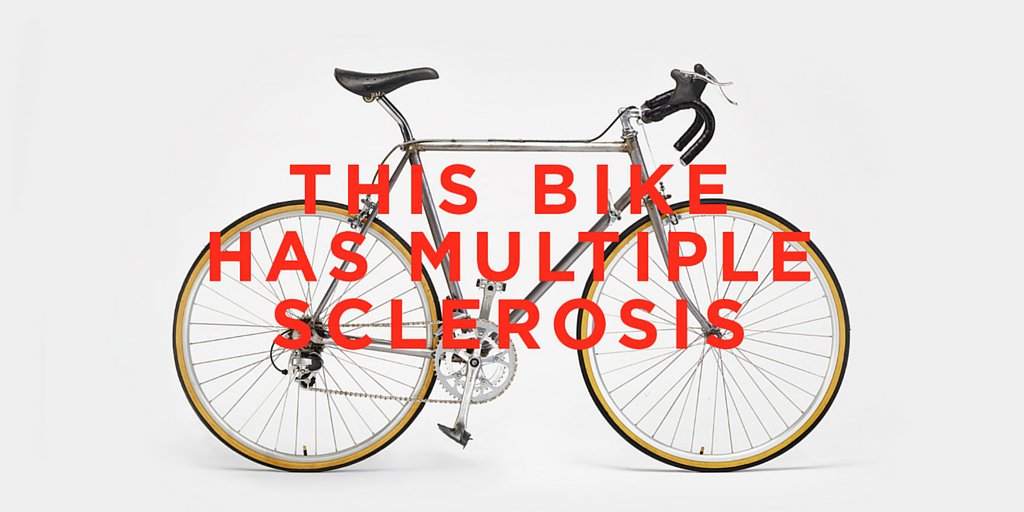Although
hearing impairment
is a relatively rare symptom of MS, it is definitely one that we need
to talk about more often. In the past neurologists did not think that MS
could affect our sense of hearing, but we now know that
relapses
can damage the nerves responsible for hearing and language
comprehension. Damage to these nerves, which are located in the
brainstem and auditory cortex, can cause a variety of difficulties which
I want to describe in more detail:
Difficulty Hearing
The eighth cranial nerve, known as the auditory nerve, links the ear
to the brainstem. Damage to the auditory nerve, or other nerves
associated with hearing, can cause “sensorineural hearing loss”. This
means the ear itself is perfectly normal, but the nerves are damaged and
can’t relay messages between the ear and the brain. It may become
difficult to hear certain tones or pitches, and it can be very difficult
to follow conversations in noisy or crowded environments. Sensorineural
hearing loss can affect one or both ears.
Sensitivity to Noise
This particularly troubling symptom, called
hyperacusis,
can cause extreme pain to everyday noises. It occurs when a damaged
nerve becomes overly excitable, causing it to fire uncontrollably when
stimulated. The affected individual may avoid leaving the house because
normal sounds can trigger intense pain, irritation, anxiety, and/or
tension. Antiseizure medications are typically used to calm down the
overactive nerves causing the pain.
Temporary or Sudden Hearing Loss
A sudden change in your hearing, in the absence of any signs of
infection, may be a sign of a MS relapse. If this is the case your
symptoms will most likely improve as you recover from the relapse, and
recovery can be sped up by taking steroids. If you have pain associated
with sudden hearing loss you should seek immediate medical attention,
because it could be a sign of a ruptured eardrum or other serious issue.
Ringing in the Ears
A lot of people, not just those with MS, experience nagging ringing, buzzing, or whooshing sounds known as
tinnitus.
They can be occasional or constant, and can really impair your ability
to listen to or focus on conversation. Tinnitus can be caused by a
relapse, medications, an inner ear problem, or it can be idiopathic
(meaning we really don’t know what the cause is). Some people who have
persistent tinnitus can cope with it this background noise, such as
music or the TV. If you also have hearing loss a hearing aid may be
helpful. If you have tinnitus talk to your doctor and try to figure out
if there is a treatable cause. They may also send you to an Ear, Nose,
and Throat specialist for a more detailed exam.
Vertigo
Vertigo
is an intense spinning sensation. Because balance and hearing are
controlled by the same area of the brainstem, vertigo can occur
hand-in-hand with hearing impairments. Vertigo can be treated with
medications and other therapies.
Deafness
Total loss of hearing, or deafness, is rarely caused by MS. Most
hearing impairments caused by MS result in partial hearing loss, and
often improve over time to some degree.
Difficulty Understanding Language
The part of the brain that takes the signals from the nerves in the
ear and translates them into comprehensible words is known as the
Warnicke’s Area. It is responsible for the interpretation and
comprehension of spoken language. The Warnicke’s Area is located in the
auditory cortex which can, on rare occasions, be damaged by MS. An
affected individual will be able to hear normally, but everything will
sound like nonsense because they are unable translate or interpret
sounds.
Even though MS can cause the symptoms described above, other ear
problems are still more likely to be the cause and therefore must always
be ruled out. If you have a hearing impairment you absolutely must
consult with your doctor, they are the only ones who can tell if it is
caused by MS or not. The most common causes of hearing difficulties
include a buildup of of earwax, damage to your eardrum, aging,
infection, or regular exposure to loud noise. You may need to see an
Audiologist or an Ear, Nose, and Throat (ENT) doctor to figure out what
the root of the problem is.
If your doctor determines that your hearing impairment is a symptoms
of an MS relapse, you may be able to treat them with steroids. If your
symptoms don’t improve or return to baseline then you may need an
amplifying device or hearing aid. If you also experience vertigo there
are medications and even a type of physical therapy for the ear known as
“vestibular rehabilitation”.
If you have been affected by hearing impairment please share you story below and let others know that they are not alone!
Source:
https://multiplesclerosis.net/living-with-ms/hello-is-this-thing-on-hearing-impairment-and-ms/











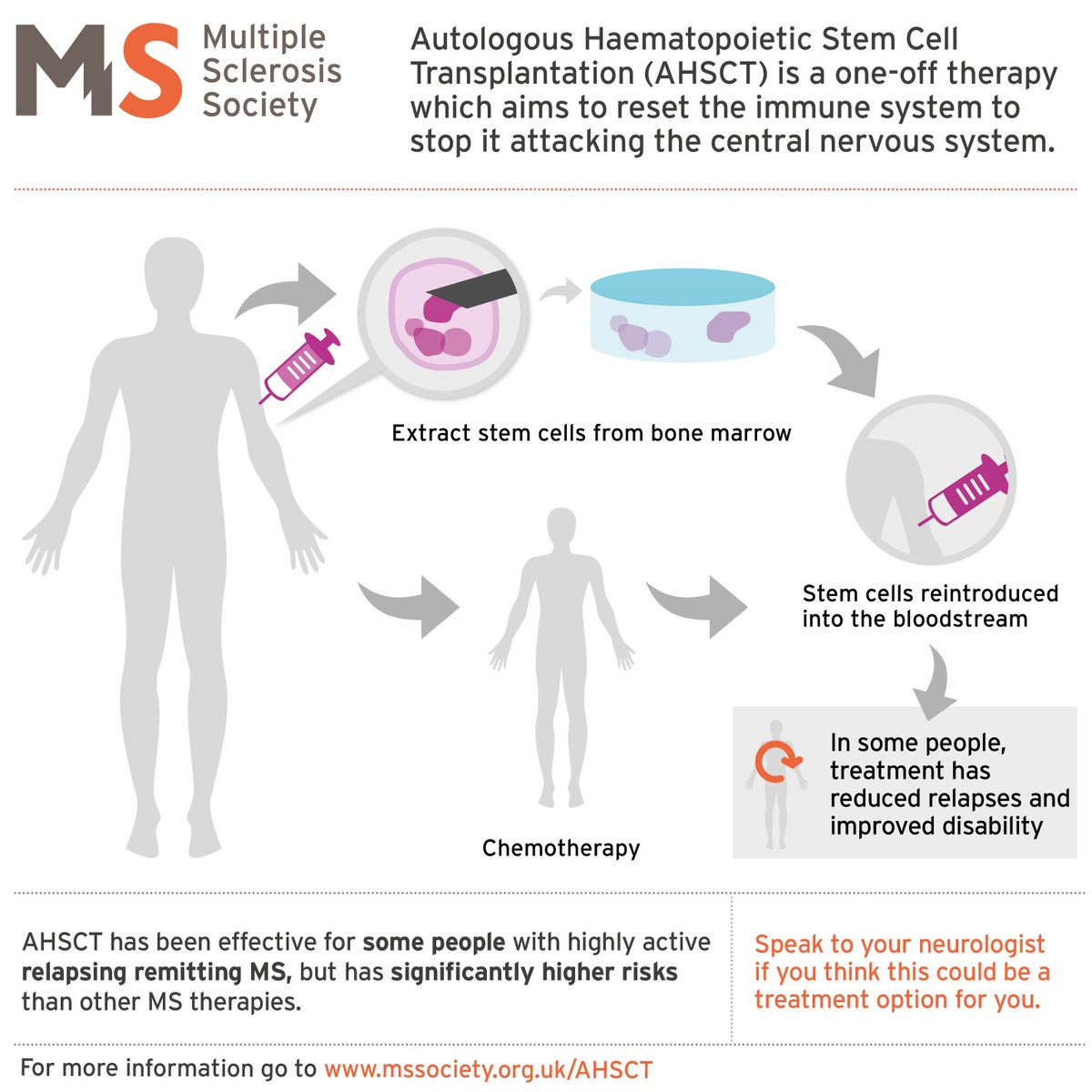



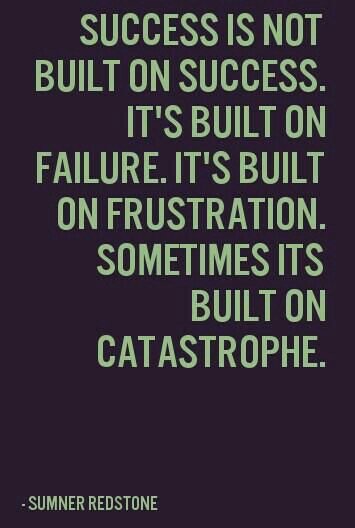
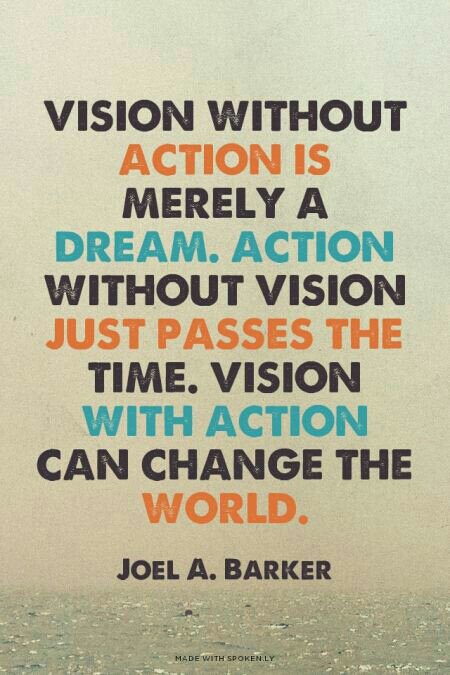
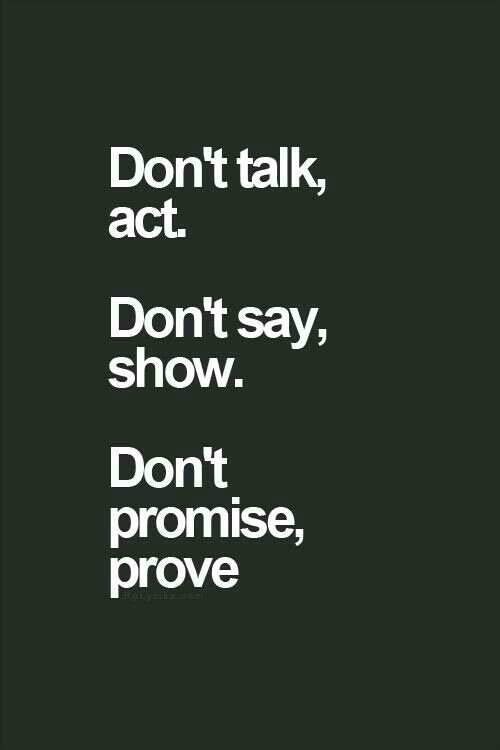
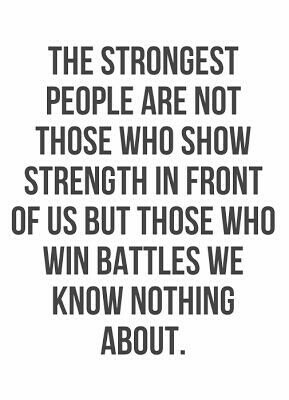

 Survival Tips
Survival Tips

